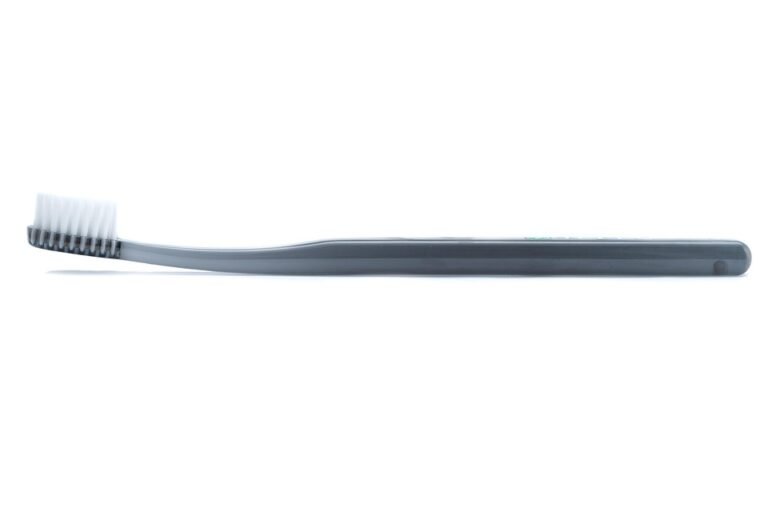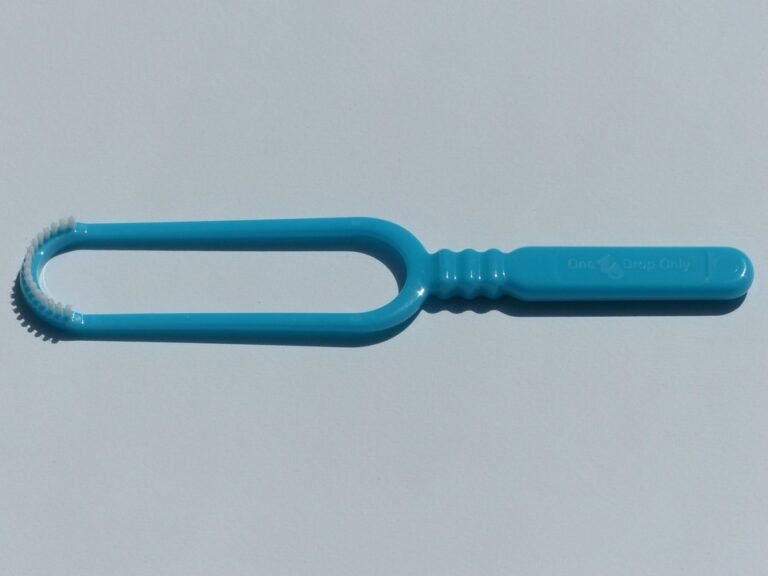How can AI help dental students improve their skills
I’m a dental student in my third year, and honestly, I’m feeling a bit overwhelmed. There’s just so much to learn and master in such a short amount of time. Things like diagnosing from radiographs, treatment planning complex cases, even just perfecting my hand skills with fillings and crown preps – it’s all proving to be challenging.
I keep hearing about Artificial Intelligence and how it’s revolutionizing different fields, and I was wondering if it could potentially help dental students like myself. Specifically, I’m curious about practical applications of AI that could directly improve our skills. Are there any AI-powered tools or techniques being developed or already available that can help with:
- Diagnosis: Could AI help us identify subtle signs of pathology on radiographs or intraoral photos that we might miss?
- Treatment Planning: Could AI analyze patient data (medical history, clinical findings, radiographs) and suggest optimal treatment plans?
- Technical Skills: Could AI provide feedback on our performance during simulated procedures (like preps or restorations) to help us improve our technique? Are there AI powered haptic devices that could provide tactile feedback?
- Learning Efficiency: Are there AI-driven platforms that can personalize our learning experiences based on our strengths and weaknesses?
I’m really hoping AI can offer some tangible benefits to us dental students to make us more confident and competent practitioners when we graduate. I’m looking for specific examples or research that backs up these claims. What’s actually out there and what’s just hype?
Answer
AI offers a multitude of possibilities for dental students to enhance their skills across various aspects of their education and training. These applications span from preclinical simulation to clinical diagnosis and treatment planning, contributing to a more comprehensive and efficient learning experience.
Preclinical Training and Simulation:
- Virtual Reality (VR) and Augmented Reality (AR) Simulations: AI can power realistic VR and AR simulations of dental procedures. These simulations allow students to practice complex techniques like cavity preparation, root canal treatment, and crown placement in a safe and repeatable environment. AI algorithms can provide real-time feedback on student performance, analyzing factors such as hand pressure, instrument angulation, and bur speed, identifying areas needing improvement. The simulations can track progress, adapting difficulty levels as students become more proficient. Haptic feedback further enhances the realism, mimicking the tactile sensations of working on real teeth.
- AI-Powered Phantom Head Training: AI can analyze student movements and actions during phantom head training, providing instant feedback on the accuracy and efficiency of their techniques. Algorithms can compare student performance to established benchmarks and expert techniques, highlighting discrepancies and suggesting corrective actions. This targeted feedback accelerates skill development and reduces the risk of developing bad habits.
- AI-Driven Curriculum Customization: AI can analyze student performance data from preclinical exercises to personalize the learning curriculum. Students who struggle with specific skills can be provided with additional practice modules or targeted instruction, while those who excel can progress more quickly to advanced topics. This personalized approach ensures that each student receives the support they need to succeed.
Diagnostics and Treatment Planning:
- AI-Assisted Image Analysis: AI algorithms can analyze radiographs (X-rays, CBCT scans) and intraoral scans to detect dental caries, periodontal disease, and other abnormalities with high accuracy. These tools can help students learn to identify subtle signs of disease that might be missed by the human eye. AI can also assist in the segmentation of anatomical structures, such as teeth, bone, and nerves, facilitating treatment planning and surgical simulations.
- AI-Based Treatment Planning Tools: AI can be used to generate treatment plans based on patient data, including clinical examination findings, radiographic images, and medical history. These tools can consider multiple treatment options and their potential outcomes, helping students to develop a comprehensive understanding of the factors influencing treatment decisions. AI can also predict the success rate of different treatment options based on similar cases in the past, providing students with valuable insights into the long-term prognosis.
- AI-Powered Case Simulation and Scenario Training: AI can create realistic patient case simulations that challenge students to apply their diagnostic and treatment planning skills. These simulations can present students with complex scenarios, requiring them to gather information, analyze data, and make decisions under pressure. AI can provide feedback on the student’s decision-making process, highlighting potential errors and suggesting alternative approaches.
Clinical Skills Development:
- AI-Powered Monitoring and Feedback: During clinical procedures, AI-powered systems can monitor student performance and provide real-time feedback on their technique. For example, AI can analyze the pressure applied during tooth extraction, the accuracy of implant placement, or the quality of restorative work. This feedback can help students to refine their skills and improve the quality of their work.
- AI-Assisted Surgical Guidance: In complex surgical procedures, AI can provide real-time guidance to students, helping them to navigate anatomical structures and avoid complications. AI-powered navigation systems can track the position of surgical instruments and provide visual and auditory cues to guide the surgeon’s movements.
- AI-Driven Patient Communication Training: AI-powered chatbots and virtual patients can simulate patient interactions, allowing students to practice their communication skills in a safe and controlled environment. These simulations can provide feedback on the student’s communication style, identifying areas for improvement. AI can also analyze the student’s ability to effectively explain treatment options, address patient concerns, and build rapport.
Knowledge Acquisition and Research:
- AI-Powered Literature Search and Summarization: AI can assist students in navigating the vast amount of dental literature, quickly identifying relevant articles and summarizing key findings. This can save students time and effort, allowing them to focus on learning and applying new knowledge.
- AI-Driven Data Analysis for Research Projects: AI can be used to analyze large datasets, helping students to identify trends and patterns that would be difficult to detect manually. This can be valuable for research projects, allowing students to explore new research questions and contribute to the advancement of dental knowledge.
In summary, AI provides diverse tools that can significantly augment dental education, enabling students to learn faster, more effectively, and with a greater understanding of both the theoretical and practical aspects of dentistry. The integration of AI into dental education prepares students for the future of the profession, where AI-powered tools will play an increasingly important role in diagnosis, treatment planning, and patient care.


